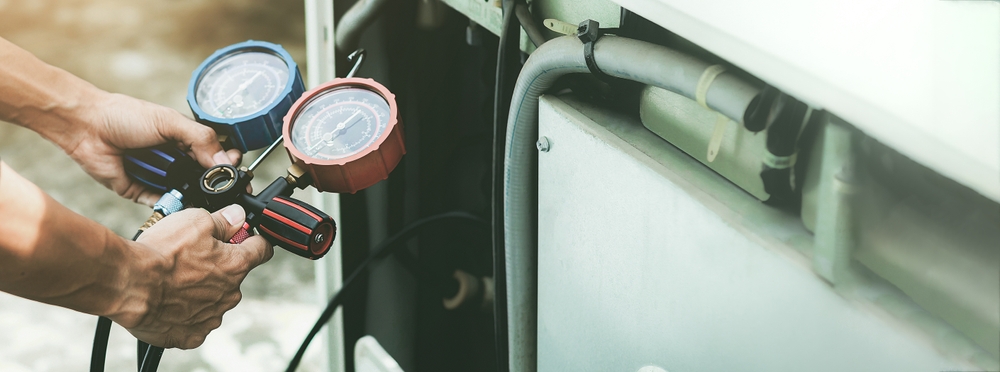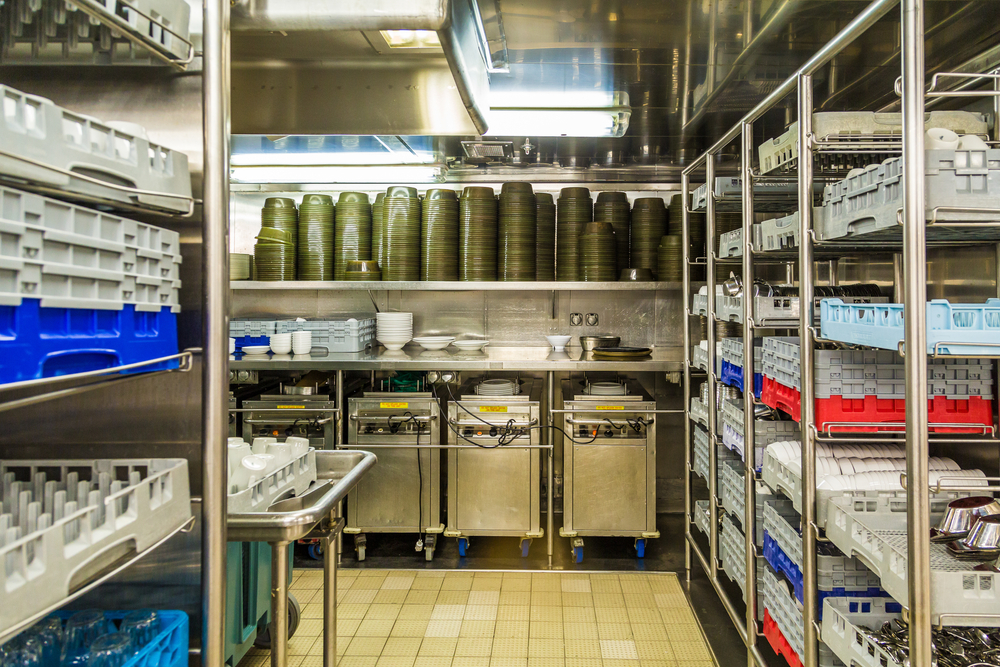What Is the Recommended Minimum Compressor Run Time?
When it comes to HVAC systems, the compressor is the heart of the unit, responsible for circulating the refrigerant throughout the system to provide heating or cooling. A common question among HVAC system owners is: How long should the compressor run? This blog will delve into the importance of ensuring a recommended minimum compressor run time, as it directly affects system efficiency, energy consumption, and overall performance. Whether you are a homeowner or a commercial property owner in need of professional HVAC services, PlumbSmart is here to assist you with expert guidance and solutions.
Understanding the Role of the Compressor
The compressor’s primary role is to increase the temperature and pressure of the refrigerant, allowing it to absorb heat from the surroundings (in cooling mode) or release heat (in heating mode). Without a properly functioning compressor, achieving the desired indoor temperatures is impossible. However, simply focusing on the compressor’s on-off cycling can harm the system’s longevity and energy consumption.
The Consequences of Frequent Compressor Cycling
Reduced System Efficiency
Frequent on-off cycling of the compressor can cause a significant reduction in system efficiency. Each time the compressor starts, it requires a surge of electricity to overcome the high-pressure differential. This surge of energy can put a strain on the electrical system and result in increased energy consumption, leading to higher utility bills.
Increased Wear and Tear
Repeated starting and stopping of the compressor can lead to excessive wear and tear on its internal components. This process can cause mechanical breakdowns, such as motor overheating and compressor failure, resulting in costly repairs or even premature system replacement.
Limited Moisture Removal
When an HVAC system runs for short time periods, it may not have enough time to effectively remove moisture from the indoor air. Excessive humidity levels can lead to mold growth, musty odors, and indoor air quality issues. Adequate compressor run time ensures sufficient dehumidification, promoting a healthier and more comfortable environment.
Determining the Recommended Minimum Compressor Run Time
Evaluating the Load Demand
The optimal run time for an HVAC system depends on various factors, including the desired temperature differential, outdoor temperature, building insulation, and overall load demand. A professional HVAC technician can assess your specific needs and recommend a suitable minimum compressor run time that balances energy efficiency and comfort.
Exploring Variable-Speed Compressors
Modern HVAC systems often feature variable-speed compressors allowing smoother and more precise temperature control. These compressors can modulate their speed based on the specific load demand, ensuring efficient operation while avoiding excessive cycling.
The Benefits of Adequate Compressor Run Time
Improved Energy Efficiency
By optimizing compressor run time, HVAC systems can operate near their peak efficiency, reducing energy consumption and subsequently lowering utility bills. Longer run cycles allow the system to reach steady-state operation and achieve a more balanced temperature throughout the space, preventing frequent temperature fluctuations that result from short cycling.
Extended System Lifespan
Reducing the stress on the compressor through longer run cycles can significantly extend the lifespan of the unit. A well-maintained HVAC system with a properly functioning compressor can provide reliable cooling and heating for many years, saving you money on premature replacements.
Enhanced Comfort and Indoor Air Quality
With the recommended minimum compressor run time, HVAC systems can adequately dehumidify the air, improving indoor air quality and comfort levels. Maintaining optimal humidity levels helps prevent mold growth, respiratory issues, and discomfort associated with high humidity.
Contact PlumbSmart Today to Schedule a Service
Investing in the recommended minimum compressor run time is crucial for promoting energy efficiency, extending the system lifespan, and ensuring a comfortable living or working environment. By paying attention to this often-overlooked aspect of HVAC system maintenance, you can avoid unnecessary repairs, reduce energy consumption, and optimize overall performance.
At PlumbSmart, our experienced HVAC professionals can guide you through maintaining and optimizing your HVAC system for its intended lifespan. Reach out to us to learn more about our comprehensive HVAC services, get expert advice, and schedule a consultation. Don’t compromise on your comfort and energy efficiency—contact PlumbSmart to ensure your compressor run time aligns with industry standards and your specific needs.


